The Dark Web is often portrayed as a mysterious digital underworld, a place for criminals and hackers. While some legal activities do occur there, it is largely an unregulated and dangerous space. Curiosity might tempt you to explore, but doing so without understanding the risks can lead to severe consequences. Here are five significant dangers you should be aware of before even thinking about visiting.
Beware of Crypto Fraud and Scams
Cryptocurrency fraud is a major problem even on the regular internet, but it’s far more widespread on the Dark Web. Because this part of the web is unregulated, scammers can operate with very little fear of being shut down.
They use the same tricks you might see elsewhere, like fake investment schemes or phishing attempts, but they are much harder to stop. Advertising networks and forums on the Dark Web rarely ban them, creating a perfect environment for tricking people out of their money.
Financial fraud on the Dark Web comes in many forms, each designed to exploit the anonymity it provides. It’s not just about simple scams; it involves sophisticated operations that are difficult to trace.
| Type of Fraud | How It Works |
| Phishing Scams | Creating fake login pages for popular Dark Web markets to steal credentials and crypto. |
| Fake ICOs | Promoting non-existent cryptocurrencies and disappearing after collecting funds. |
| Malware Wallets | Offering fake cryptocurrency wallets that steal private keys once installed. |
The Risk of ‘Exit Scams’ where Sellers Vanish
An “exit scam” is a very common type of fraud on Dark Web marketplaces. This happens when the owners of a market or a popular seller suddenly stop shipping goods but continue to accept payments.
After collecting a large amount of money from new orders, they shut down the site and disappear with the funds. In 2015, the owners of a popular market called Evolution pulled off a massive exit scam. They vanished with over $12 million in Bitcoin that belonged to their users.
Because most transactions on the Dark Web involve illegal goods and are paid for with untraceable cryptocurrencies like Bitcoin, buyers have no way to get their money back. There is no customer service to call or bank to dispute the charge with.
Navigating a World of Disturbing Hoaxes
The Dark Web is filled with elaborate hoaxes created for one purpose: to trick you into sending money. These hoaxes can be very creative and often prey on morbid curiosity.
The most infamous examples are “red rooms,” which are supposedly live streams of torture and murder where viewers can pay to direct the actions. While the idea is horrifying, most Dark Web users agree that these are almost always fake. They are designed to get people to pay in Bitcoin for a show that never happens.
In a well-documented case from 2015, a group promised to torture ISIS prisoners live on camera. The event generated huge buzz on sites like Reddit, but it ended up being a complete hoax. The site shut down minutes before the stream was supposed to start, only to reappear later thanking people for their “donations.”
A Hidden Hub for Terrorist Activities
It’s a harsh reality that terrorist organizations use the Dark Web to communicate and spread their message. Its anonymous nature makes it an ideal place for them to coordinate activities without being easily tracked by law enforcement.
Anti-terror agencies have found numerous instances of this. For example, Al-Hayyat Media Center, which is linked to ISIS, launched a website on the Dark Web to share information. They even provided instructions on their regular website on how to access their hidden content.
However, these groups are not completely safe there. After the 2015 Paris attacks, the hacktivist group Anonymous successfully took over one of these ISIS-affiliated sites. In a surprising move, they replaced the terrorist propaganda with an advertisement for Prozac, an antidepressant.
Encountering Illegal and Harmful Content
One of the most serious dangers of the Dark Web is the widespread availability of illegal pornography. The most disturbing aspect is the prevalence of child pornography and the communities of pedophiles who create and share it.
Law enforcement agencies are actively fighting this. In 2015, the FBI executed a major operation to shut down a massive child pornography site. They used malware and other hacking techniques to seize control of the site’s server.
- The FBI secretly ran the site for two weeks to gather data on its visitors.
- This allowed them to identify and hack over 1,000 users’ computers.
- The operation ultimately led to the arrest of three individuals connected to the site.
Beyond this, there is a lot of other content that falls into a legal “gray area” or is explicitly illegal, which authorities are constantly trying to remove.
How to Stay Safe if You Still Choose to Browse
We do not recommend visiting the Dark Web. The risks of stumbling upon criminal activity or becoming a victim yourself are incredibly high. The space is primarily inhabited by people with malicious intent, and it’s not a place for casual surfing.
However, if curiosity gets the better of you, taking extreme precautions is not optional—it is essential. Your regular browser and security software are not enough to protect you here. You must take proactive steps to secure your identity and your device before you even consider accessing this part of the internet.
Good security practices are your only defense. Make sure you have a high-quality VPN service to hide your IP address and strong anti-malware and anti-virus software to protect you from malicious files. Staying safe means being prepared for the worst.
Frequently Asked Questions about the Dark Web
What is the dark web, really?
The Dark Web is a part of the internet that isn’t indexed by search engines and requires special software, like the Tor browser, to access. It provides anonymity for users, which is why it’s used for both legal, privacy-focused activities and a vast amount of illegal ones.
Is it illegal to just go on the dark web?
No, simply accessing the Dark Web is not illegal in most countries. However, engaging in or viewing illegal activities, such as buying illicit goods or accessing prohibited content, is against the law and can have severe legal consequences.
Can you be tracked on the dark web?
While the Dark Web is designed for anonymity, you can still be tracked. Law enforcement can trace users through vulnerabilities in software, mistakes made by the user (like using their real name), or by seizing servers used by criminal sites.
What are the most common dangers of the dark web?
The most common dangers include financial scams like crypto fraud and exit scams, exposure to disturbing content like hoaxes and illegal pornography, and the risk of your computer being infected with malware or ransomware.
What is a red room and are they real?
A red room is a rumored type of live, interactive stream on the Dark Web showing torture or murder. Despite many claims and stories, there has never been a confirmed, publicly verified red room. The consensus is that they are hoaxes used to scam money from people.

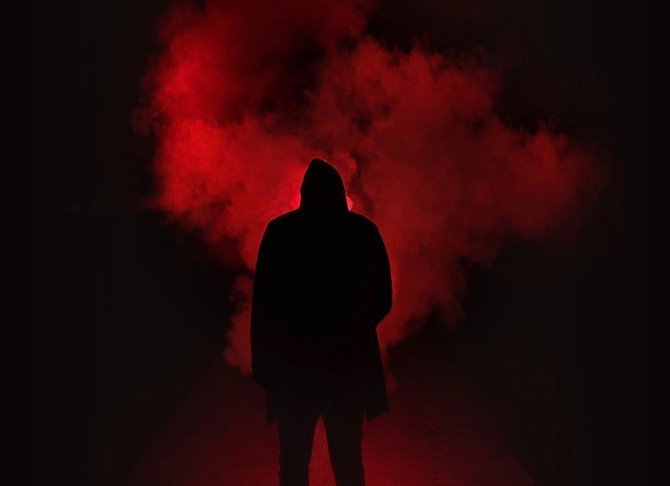
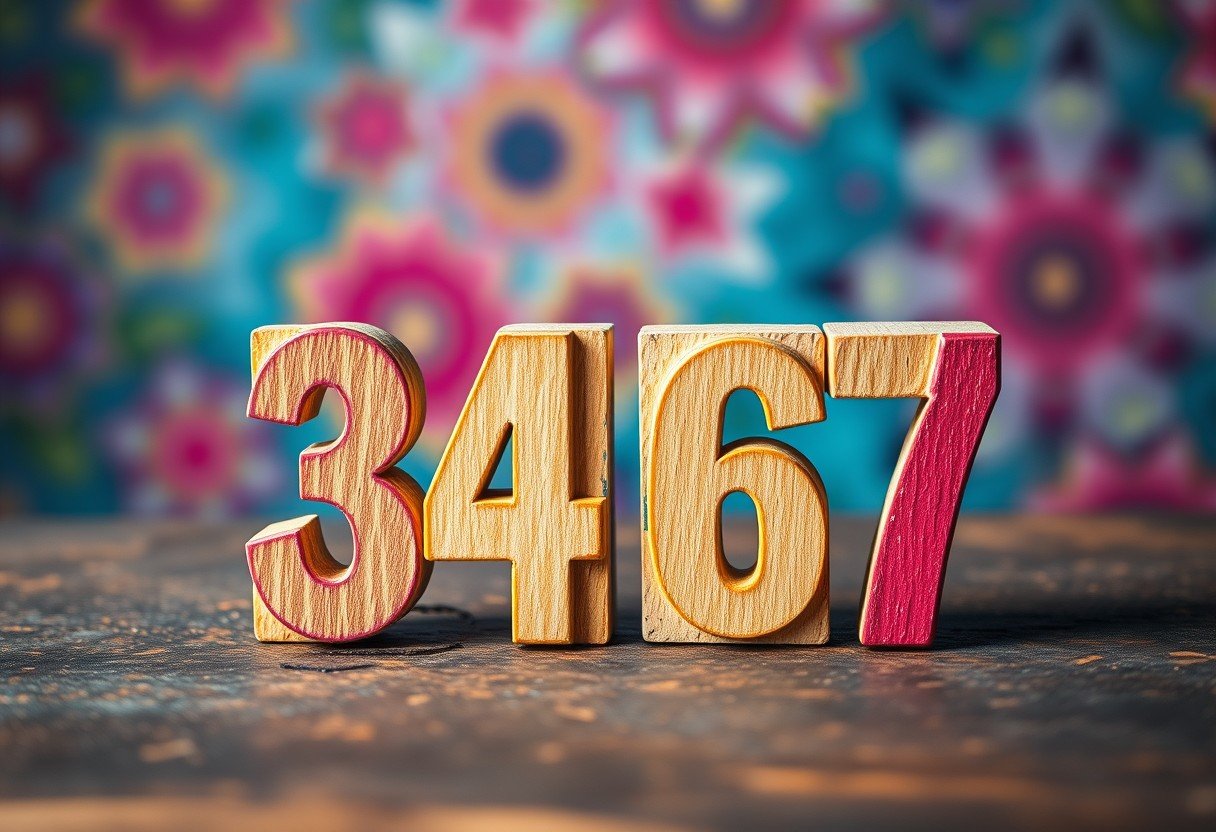
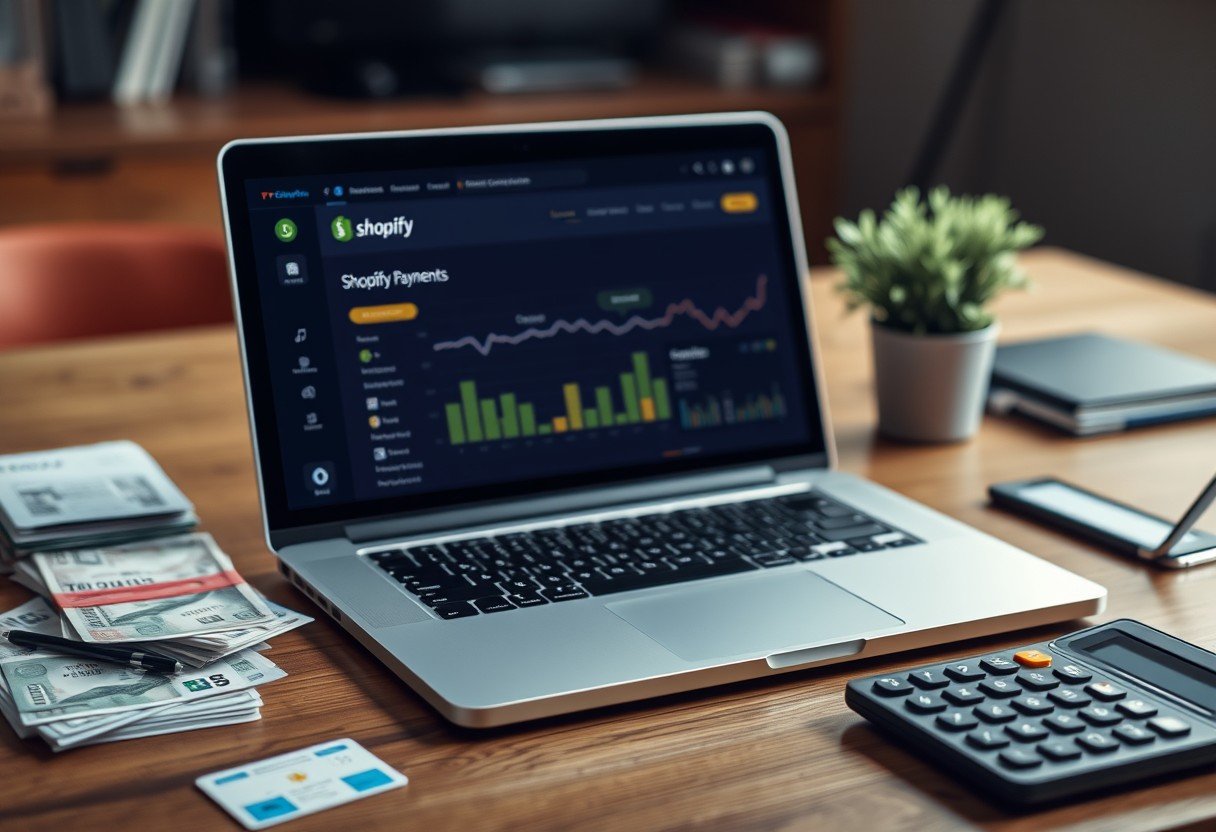

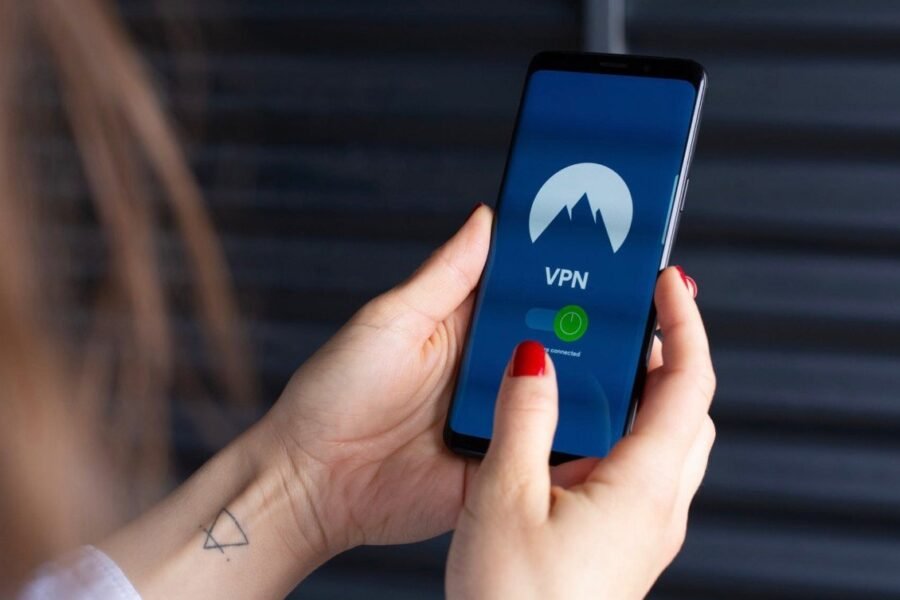


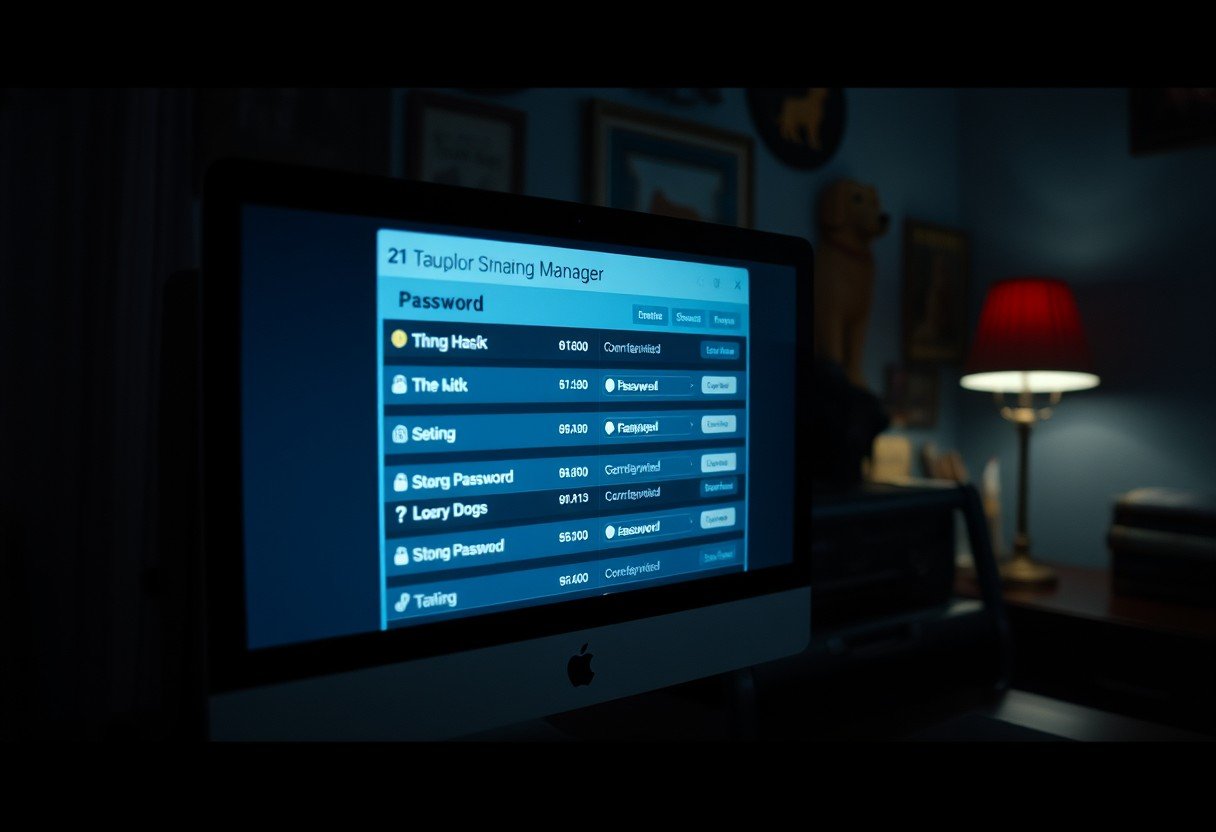
Leave a Comment